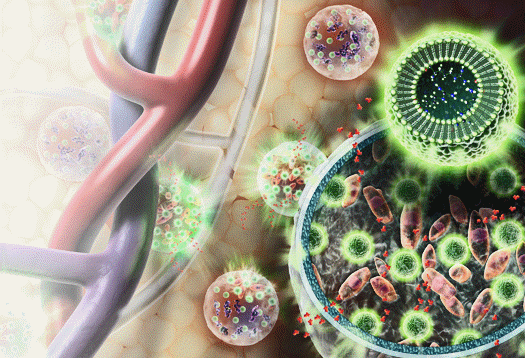 The human body is composed of about 10 trillion cells.
The simplest structural units into which a complex multi–cellular organism can be divided and still retain the functions, characteristic of life are called cells
The human body is composed of about 10 trillion cells.
The simplest structural units into which a complex multi–cellular organism can be divided and still retain the functions, characteristic of life are called cells The human body is composed of about 10 trillion cells. Everything from reproduction to infections to repairing a broken bone happens down at the cellular level.
Most of these cells contain all the genes and other information needed to "build" a human being.
Much of this genetic information is found in the nucleus of the cell, a "control center" that keeps all the material together in one place. The nucleus stores its genetic material in packages called chromosomes. Humans have 46 chromosomes in each cell–23 from their mother and 23 from their father. After fertilization, the two sets of chromosomes match up to form 23 pairs. The chromosomes in the 23rd pair are called the sex chromosomes (allosomes), X and Y; they determine a person's sex. Males usually have one Y chromosome and one X chromosome; females usually have two X chromosomes. Each chromosome is made up of genes. Genes contain the information used by other parts of the cell to make proteins, the body's building blocks. Proteins make up the structure of our organs and tissues; they are also needed for our body's chemical functions. Each protein performs a specific job in different types of cells, and the information for making at least one protein is contained in a single gene.